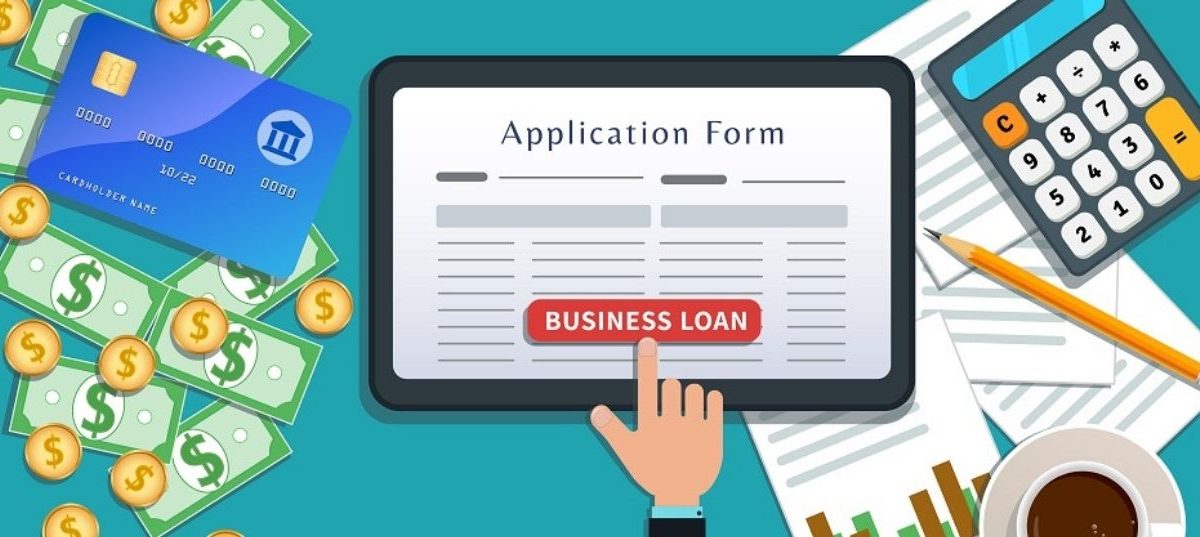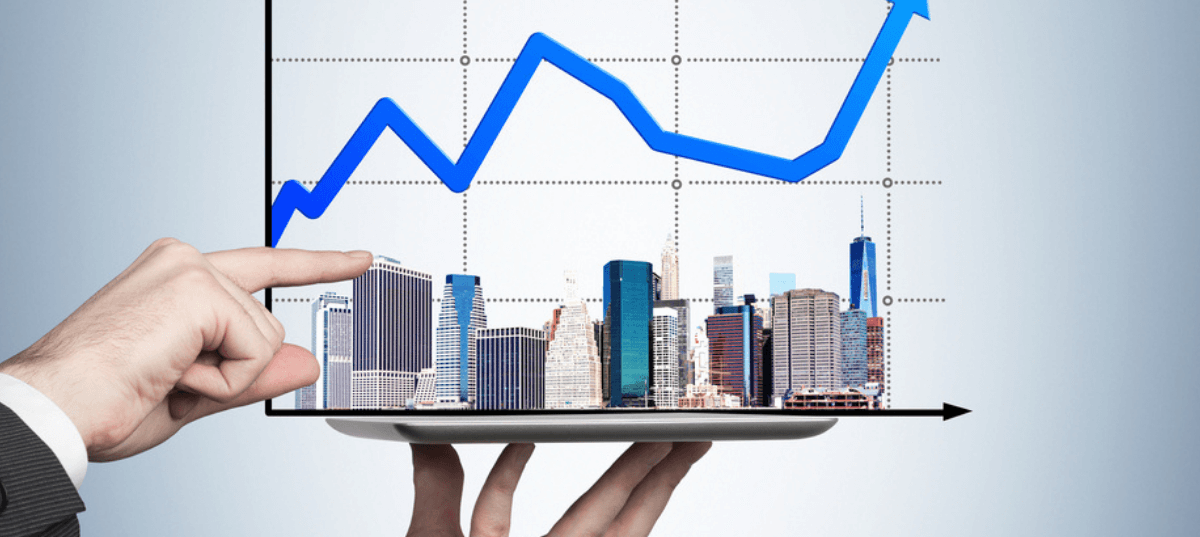Tag: Commercial Loan
4 Commercial Property Loans You Can Obtain with Bad Credit
Investing in commercial real estate usually requires financing, which is difficult when you have a poor credit score. However, having bad credit doesn’t necessarily restrict your ability to invest in real estate. Even though it can be stressful, you still have options to pursue. Here’s how commercial property loans for borrowers with bad credit can happen. Types of Commercial Property
Understanding How Commercial Loans Work: A Basic Overview
When starting your business, a small business loan, personal loan, or credit card may sufficiently serve your financial needs. As your enterprise grows, you’ll likely need more capital to purchase inventory, fund operations, hire staff, and expand your operations. This is where you’ll need commercial loans. A commercial loan helps you expand your business. It can also help you stand
Major Advantages and Disadvantages of Commercial Real Estate Loan
With limited options to raise adequate funds, many small businesses struggle to stay afloat. For instance, research reveals that more than 25% of small businesses cannot grow and expand because of financial constraints. This is where commercial business loans come into play. Business owners can use these loans to finance various business operations, including opening new locations, hiring new employees,
Applying for a Commercial Loan? Here’s What You Need to Know
By the end of 2020, the value of commercial loans at U.S. banks stood at about $2.7 trillion, with commercial real estate loans accounting for around $2.4 trillion of this figure. In California, you can get a commercial loan valued at over $15 million with flexible repayment terms. Commercial loans are designed to cover capital expenditures (CAPEX) such as asset
Why ‘Now’ Is the Right Time to Refinance Your Commercial Loan
One of the basic functions of the U.S. Federal Reserve is to stabilize the economy. To achieve this, it raises and lowers the federal funds rate in correspondence with the inflation levels. For instance, the COVID-19 recession led to a significant decrease in the inflation levels in the U.S. More specifically, the massive job losses, business closures, and a surge









